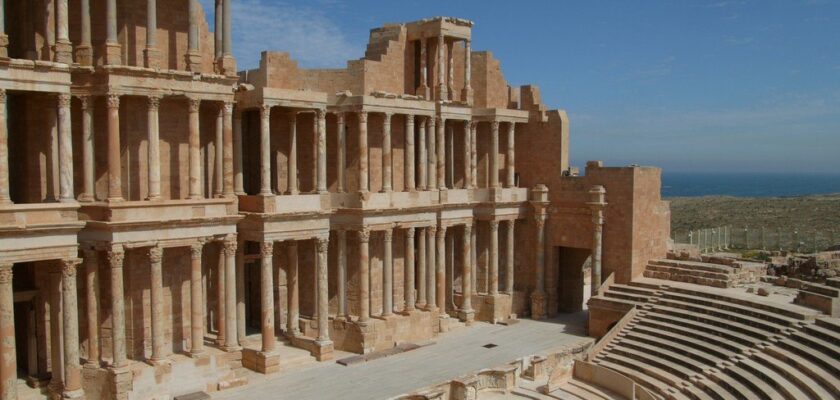Ancient city of Sabratha
Sabratha is an ancient Libyan city located on the Mediterranean coast, west of the capital Tripoli. It was founded in 517 BC and today is home to 102,000 people. The ruins of ancient Sabratha, which have been designated a UNESCO World Heritage Site since 1982, are scattered 1 km from the modern city.
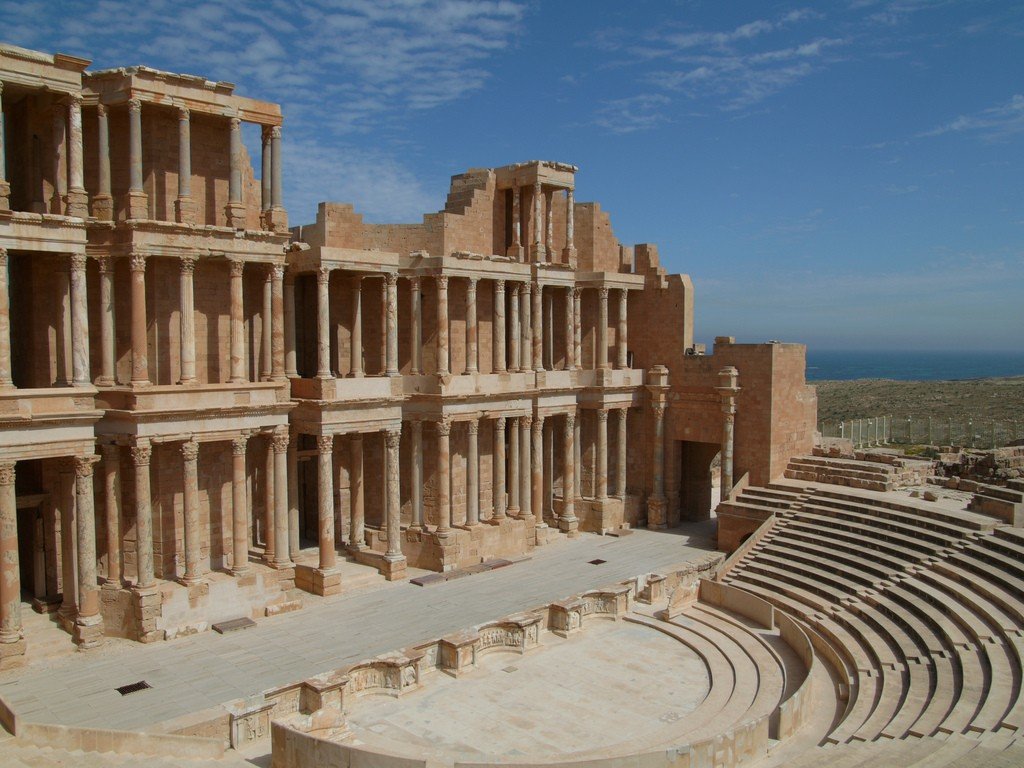
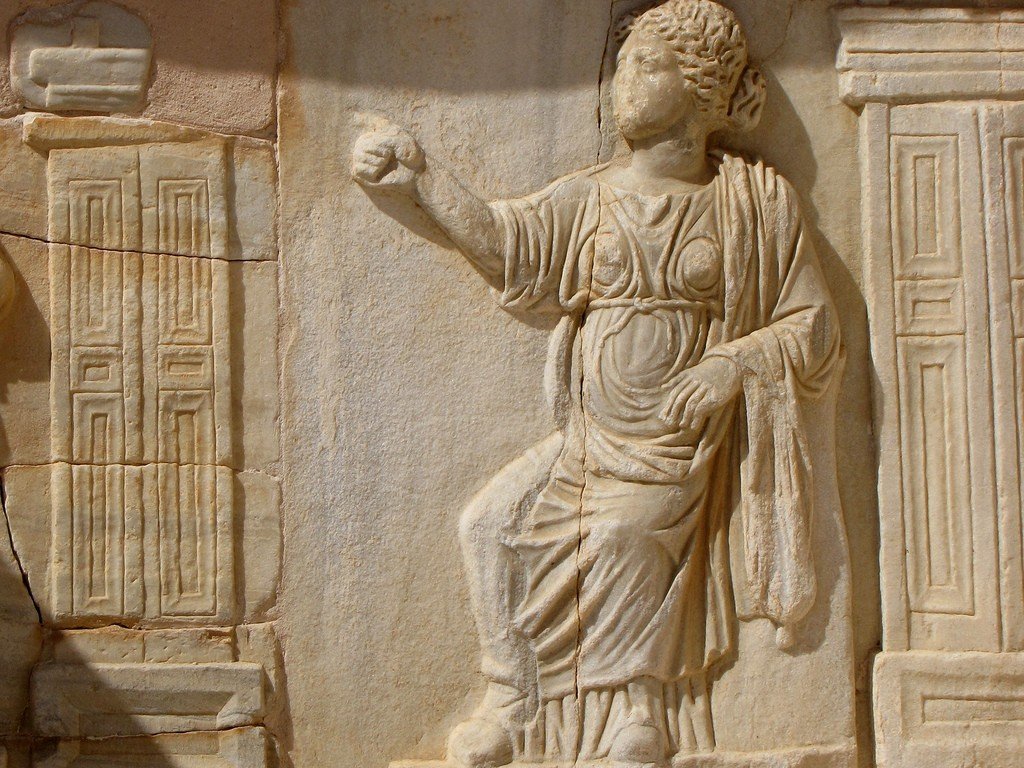
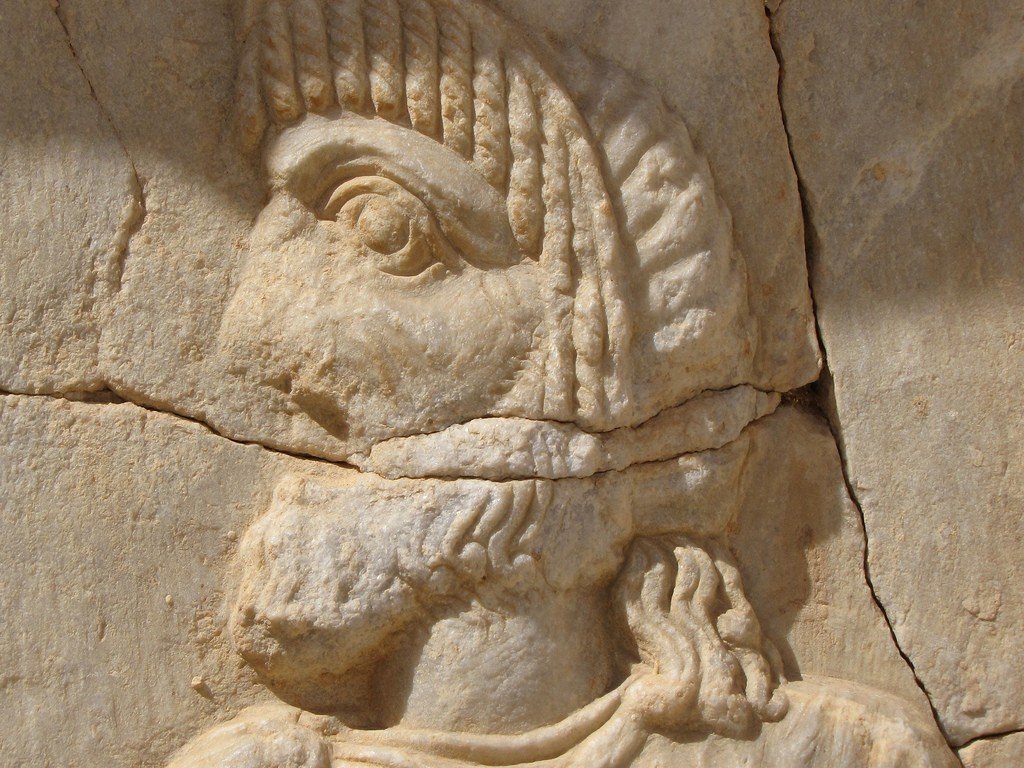
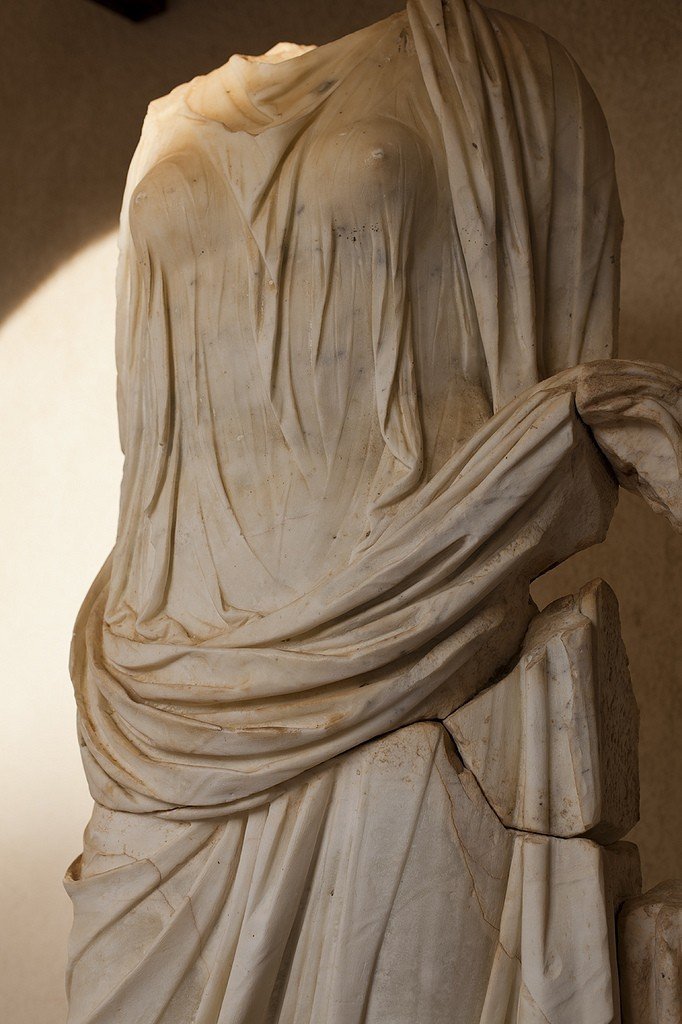
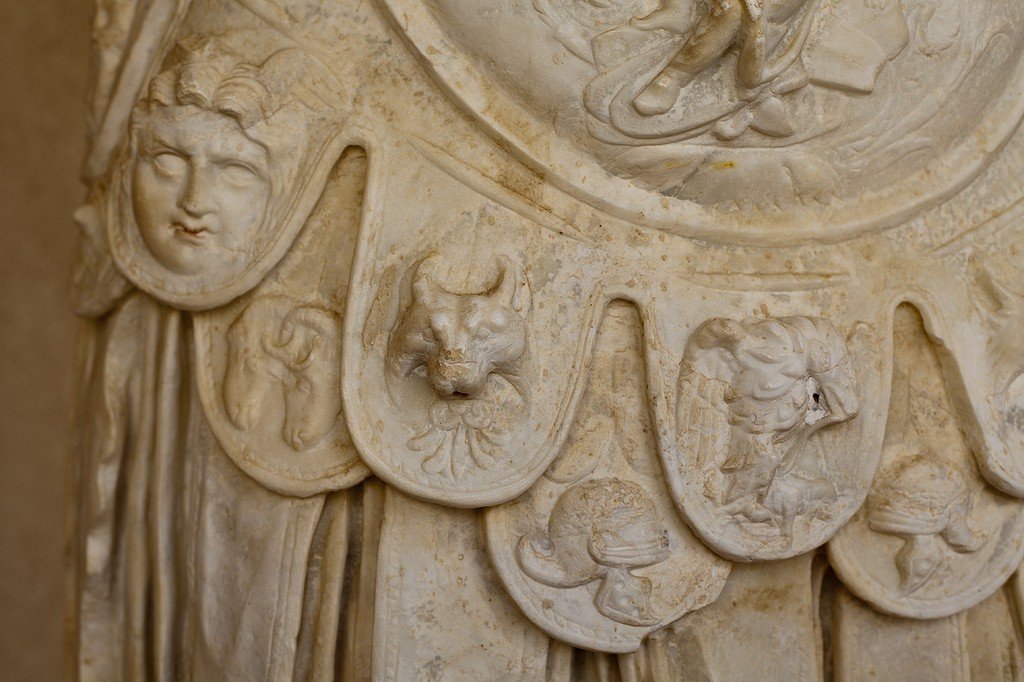
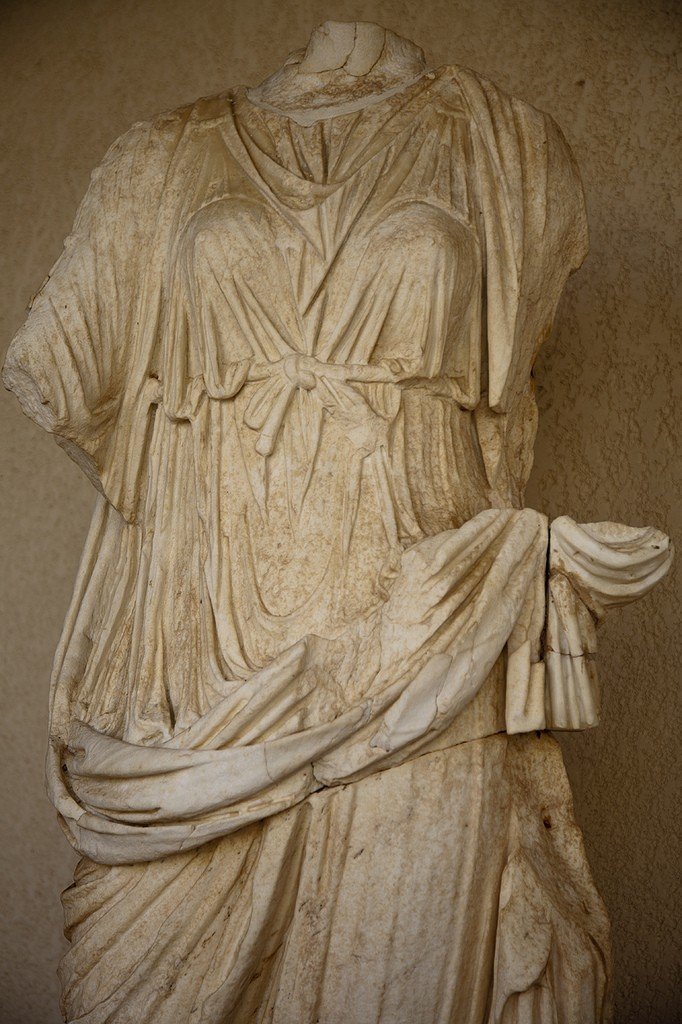
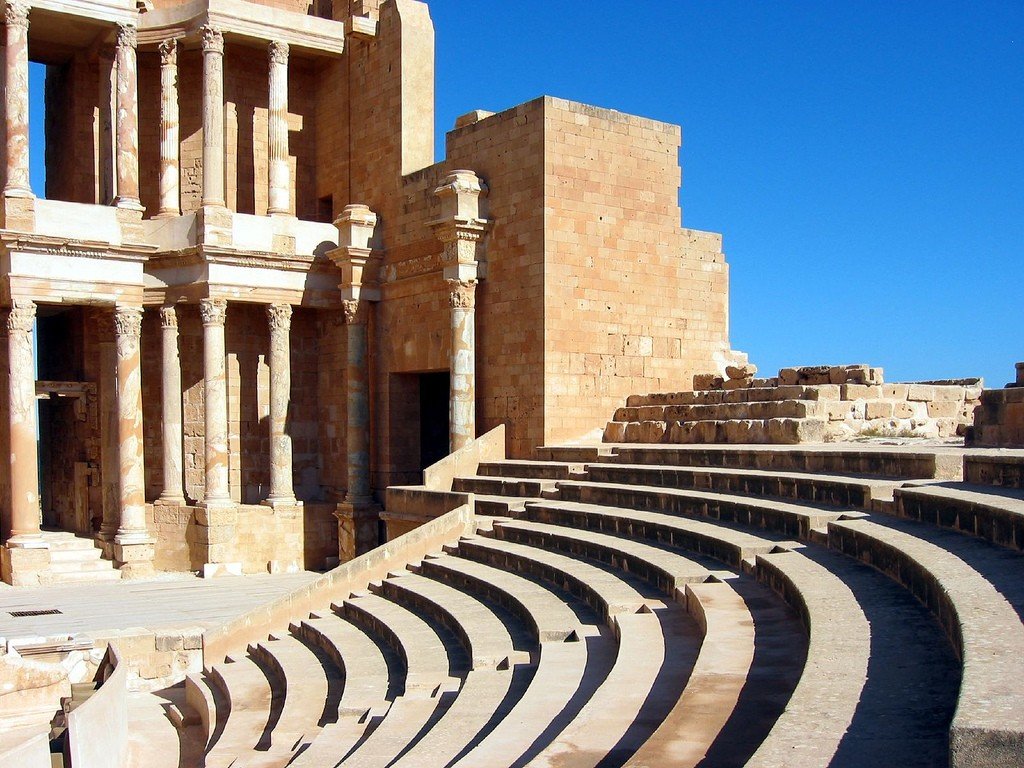
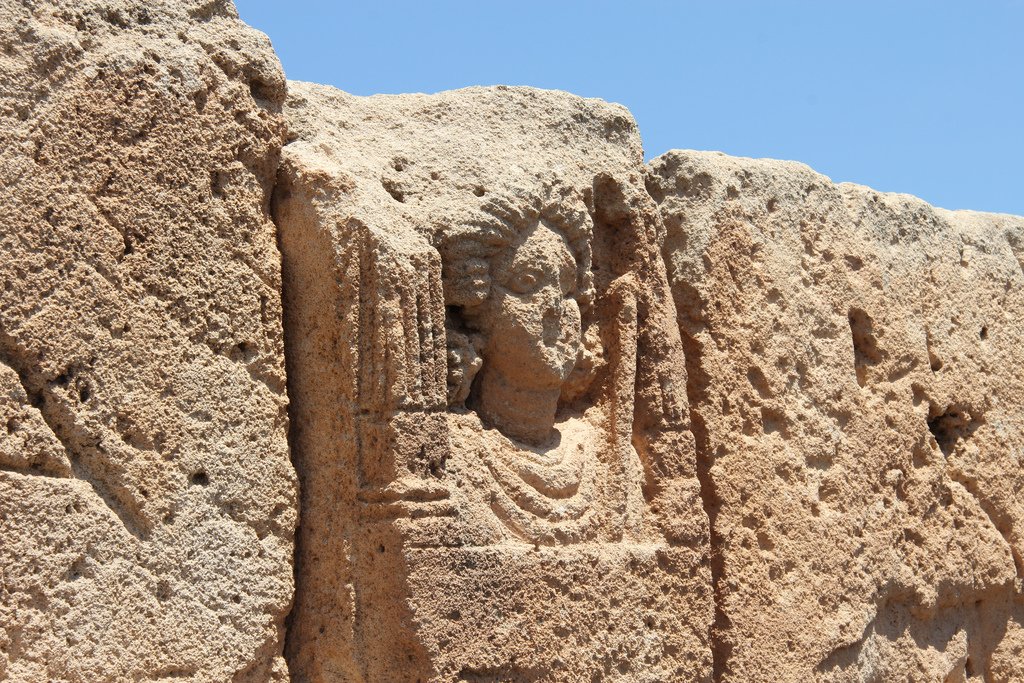
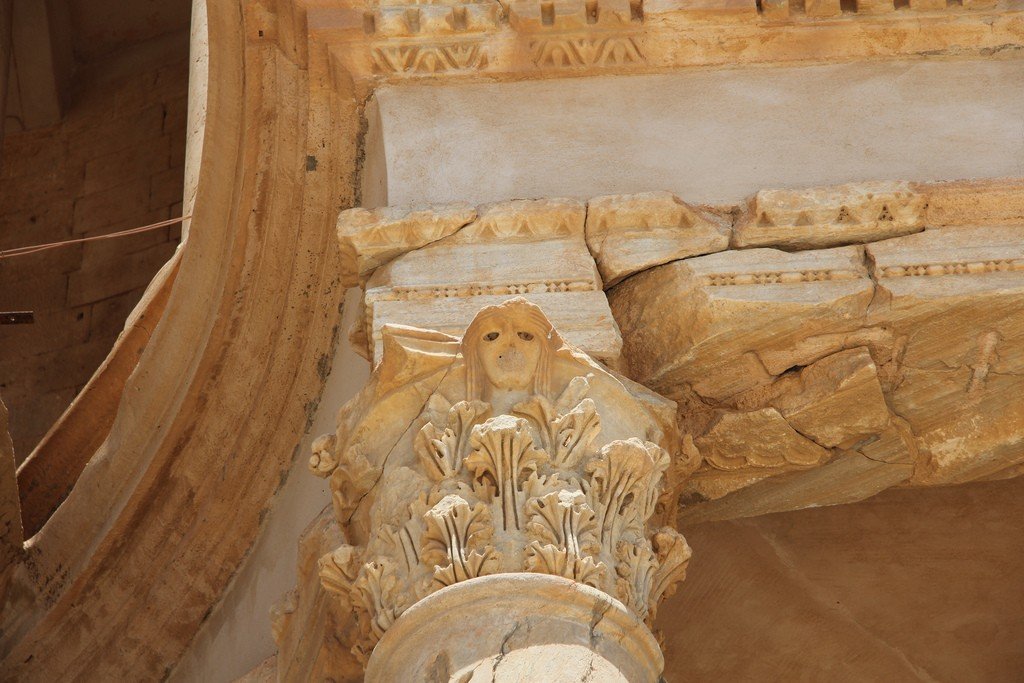
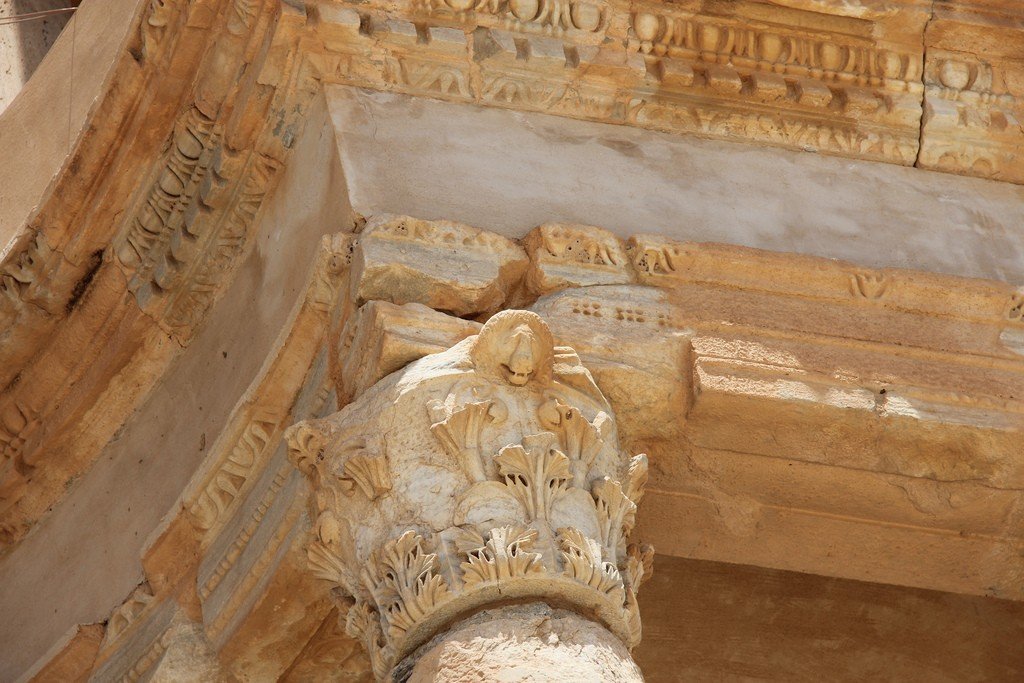
Video: Sabratha
” title=”YouTube video player” frameborder=”0″ allow=”accelerometer; autoplay; clipboard-write; encrypted-media; gyroscope; picture-in-picture; web-share” allowfullscreen>Highlights
Throughout its long history, the city has been repeatedly raided by enemies and suffered from strong earthquakes and the tsunamis they caused. Nevertheless, it has preserved many archaeological sites that testify to the former power of one of the ancient civilizations that dominated North Africa. Most of them date from the time when Sabratha was part of the Roman Empire.
.
Excavations of Sabratha were carried out from 1923 to 1936. During this time, specialists managed to uncover about half of the structures. They excavated the cobblestone streets that divided the city into quarters. Archaeologists found the central street of Cardo, which ran from north to south and led to the seashore. The ruins of residential buildings, public buildings, baths, baths and temples were cleared from centuries of earth and sand.
.
Today, ancient Sabratha is enclosed by a hedge and has a separate entrance for tourists. Local sights can be seen during daylight hours. Since 1932, the Archaeological Museum has been open in Sabratha, where the most valuable artifacts found by researchers are collected. Some of the archaeological finds from Sabratha are on display in Tripoli’s national museum.
.
According to experts, due to the proximity of the sea, the ruins of the ancient city are constantly subjected to severe coastal erosion. From the coastal winds and sea surf, the old buildings are destroyed year after year.
.
History of Sabratha
In the 6th century BC, the Phoenicians founded a settlement on the shores of the Mediterranean Sea. It served as a trading post and was used to exchange goods with the interior of Africa. Then the coastal lands fell under the rule of Carthage.
.In the first century, active Romanization of the coast began, and Sabratha developed institutions and layout typical of the Roman Empire. A capitol, forum, temples and marble buildings were built here. The population of Sabratha grew to 20,000, and the city began to play a prominent cultural role in the region. Rome obtained slaves, ivory, and wheat from here.
In the 7th century, the Arabs conquered northern Africa. After this, the center of social life moved to Tripoli, and Sabratha began to decline. Historians believe that the urban settlement turned into a small village as early as the 8th century, although mentions of fortified buildings were found in documents until the 14th century..
Attractions of the ancient city
Ancient Sabratha presents a large open-air museum. There is a fee to enter here and to visit the Archaeological Museum.
Central among other monuments is the large Roman amphitheater, located in the eastern part of the excavated city. The multi-stage amphitheater building was built at the end of the 2nd and beginning of the 3rd century and could accommodate up to 10,000 spectators. From the outside it is decorated with three tiers of arcades with columns of Tuscan and Corinthian order. Thanks to the restoration, which was carried out at the beginning of the last century, the ancient building is perfectly preserved.
.
Not far from the amphitheater are the ancient thermae, richly decorated with sculptures and mosaics. One of the most unusual structures of the ancient city is a stone font built in the form of a large cross. The ruins of the temples of Serapis and Isis have been preserved in Sabratha since Roman times. Tourists can also see several houses of aristocrats, the floors of which are decorated with elegant mosaic frescoes. Under the Romans, the city was surrounded by strong defensive walls, but these fortifications have not survived. Historians believe that they were destroyed in the 5th century by the new rulers of the coast.
.
To the Byzantine period belong the ruins of a picturesque Christian basilica. It was built in Sabratha during the reign of the Byzantine Emperor Justinian.
.
How to get there
Sabratha is located 67 kilometers west of Tripoli. The drive from Tripoli International Airport to Sabratha takes about an hour.
.
